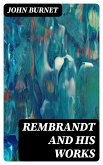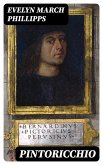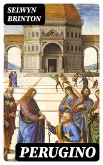In "Turner," W. Cosmo Monkhouse crafts a meticulous exploration of the life and work of J.M.W. Turner, one of Britain's most celebrated landscape painters. The book is distinguished by its lyrical prose and scholarly insight. Set against the backdrop of the burgeoning 19th-century art scene, Monkhouse delves into Turner's innovative techniques and his profound influence on modern art. The text combines biographical detail with critical analysis, offering readers not merely an account of Turner's art, but a vivid portrait of the artist's evolving vision and the tumultuous historical context in which he created his masterpieces. W. Cosmo Monkhouse was a notable art critic, poet, and biographer whose deep engagement with the arts informed his writings. His background in literature and his passion for visual arts allowed him to employ an analytical yet poetic approach in "Turner." Having been profoundly influenced by Turner's works and their representations of light and landscape, Monkhouse possessed the unique ability to articulate the significance of Turner's innovations while encapsulating the emotional resonance of his art. This scholarly biography is an essential read for art enthusiasts and students alike, offering insightful perspectives that enhance the appreciation of Turner's work. Monkhouse's meticulous research and elegant narrative create an illuminating experience for anyone seeking to explore the life of an artist who redefined the boundaries of painting.
Dieser Download kann aus rechtlichen Gründen nur mit Rechnungsadresse in A, B, BG, CY, CZ, D, DK, EW, E, FIN, F, GR, H, IRL, I, LT, L, LR, M, NL, PL, P, R, S, SLO, SK ausgeliefert werden.









